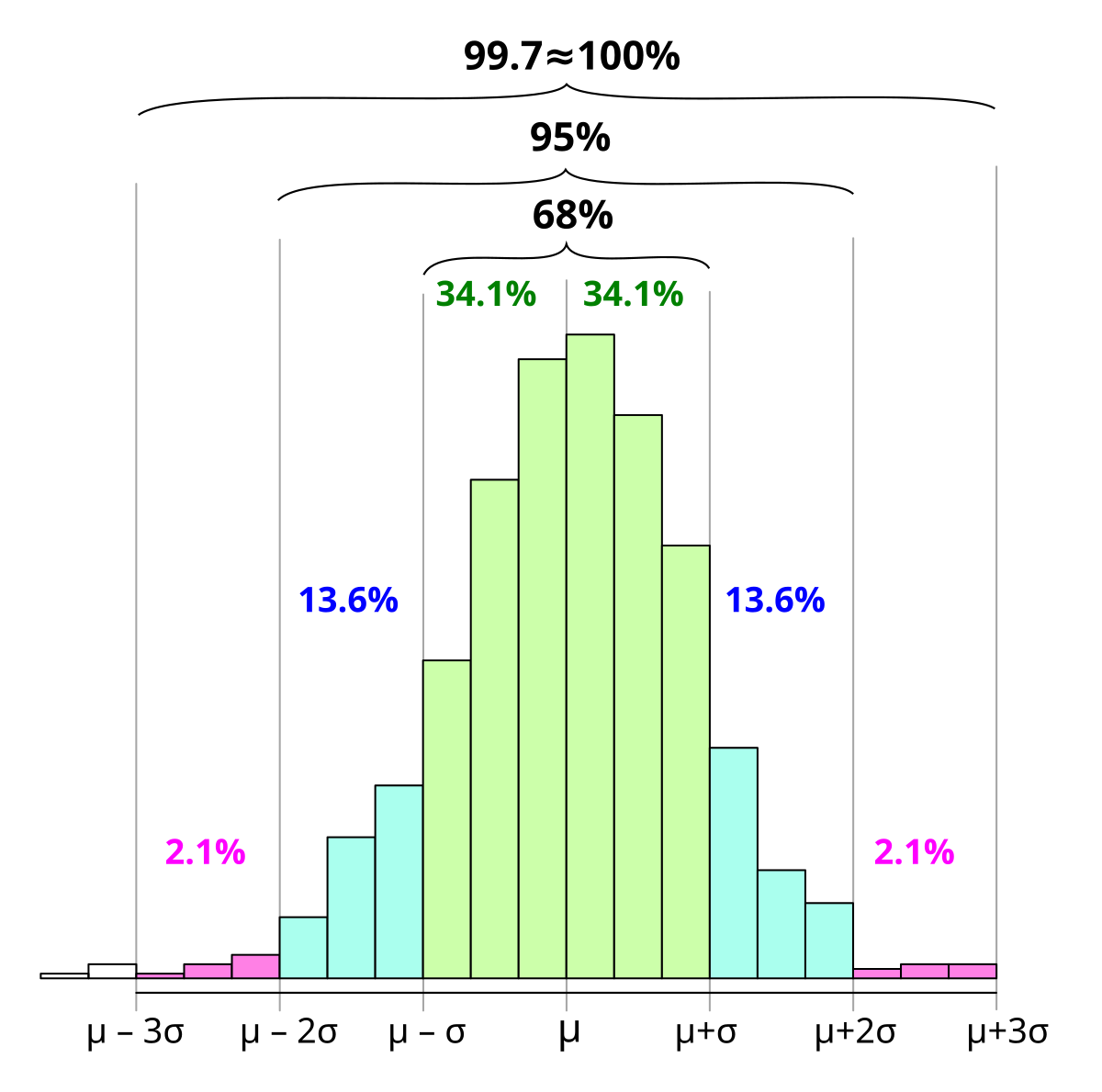Dr.Peterson
Elite Member
- Joined
- Nov 12, 2017
- Messages
- 16,871
My understanding is that this phrase is defined as a shorthand for the long explanation,I don't quite get what "95% confident" means?
It means that you expect to have gotten it right 95% of the time. This is essentially a subjective probability, as I mentioned:So a 95% confidence interval, say (45, 60), is correctly understood as: repeat the procedure (say) a 100 times (which I suppose means work on a 100 samples), and of the 100 intervals computed thence, 95 will contain the true parameter (95%). This seems to concern itself with the "method" or procedure employed rather any particular interval, which (45, 60) is.
But, again, I'm not a statistician, so I'm only 90% confident of my answer.Now on looking again I find this which says something similar, but then adds,
Recall from the introductory section in the chapter on probability that, for some purposes, probability is best thought of as subjective. It is reasonable, although not required by the laws of probability, that one adopt a subjective probability of 0.95 that a 95% confidence interval, as typically computed, contains the parameter in question.



